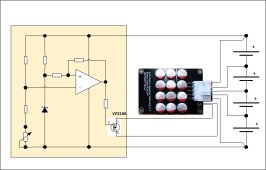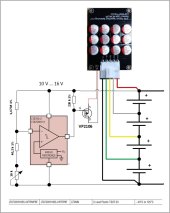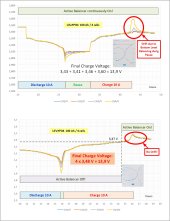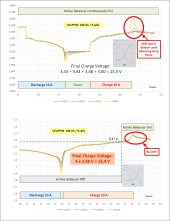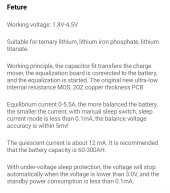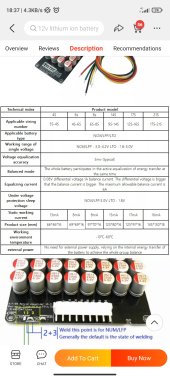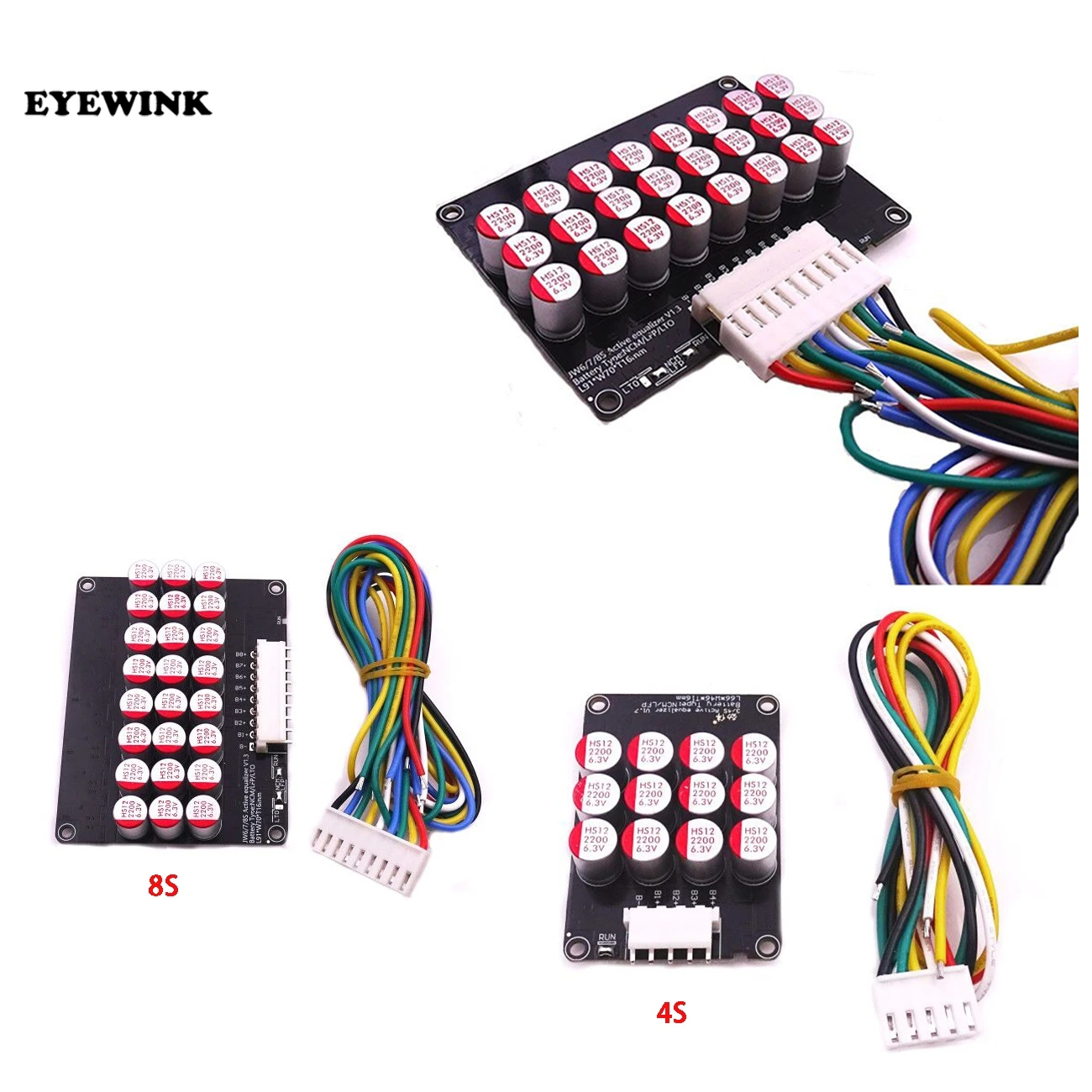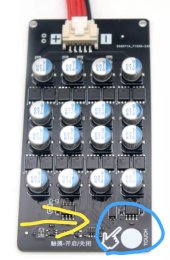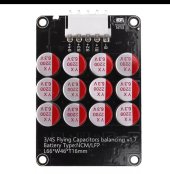Hans Kroeger
New Member
- Joined
- Dec 30, 2020
- Messages
- 130
As promised, here is one option how to control the Heltec active Balancer using the BMV712 Battery Monitor........I will show more circuit diagrams on this subject later this week.
Regards Hans
p.s. it is easy to modify this circuit for 24 V ....36 V ..... 48 V Systems, using the appropriate balancer from Heltec
View attachment 96541
As promised, here is another circuit diagram for the control of the Heltec active balancer to make it smart. I tested the VP2106 MOSFET interface
Sorry, but this interface does not allow to switch to ground or plus. An optocoupler is OK.I dont't see the need for a relay. On the balancer there is this contact, that either switches to GND or to +. Instead of a relay, a mosfet or if you are super scared, an optocoupler would probably do the trick.
I played around for a while and found a solution to use a P Channel MOSFET. When I tried to post the circuit diagram something went wrong. Once I am back on my PC I will send the circuit diagram.....





